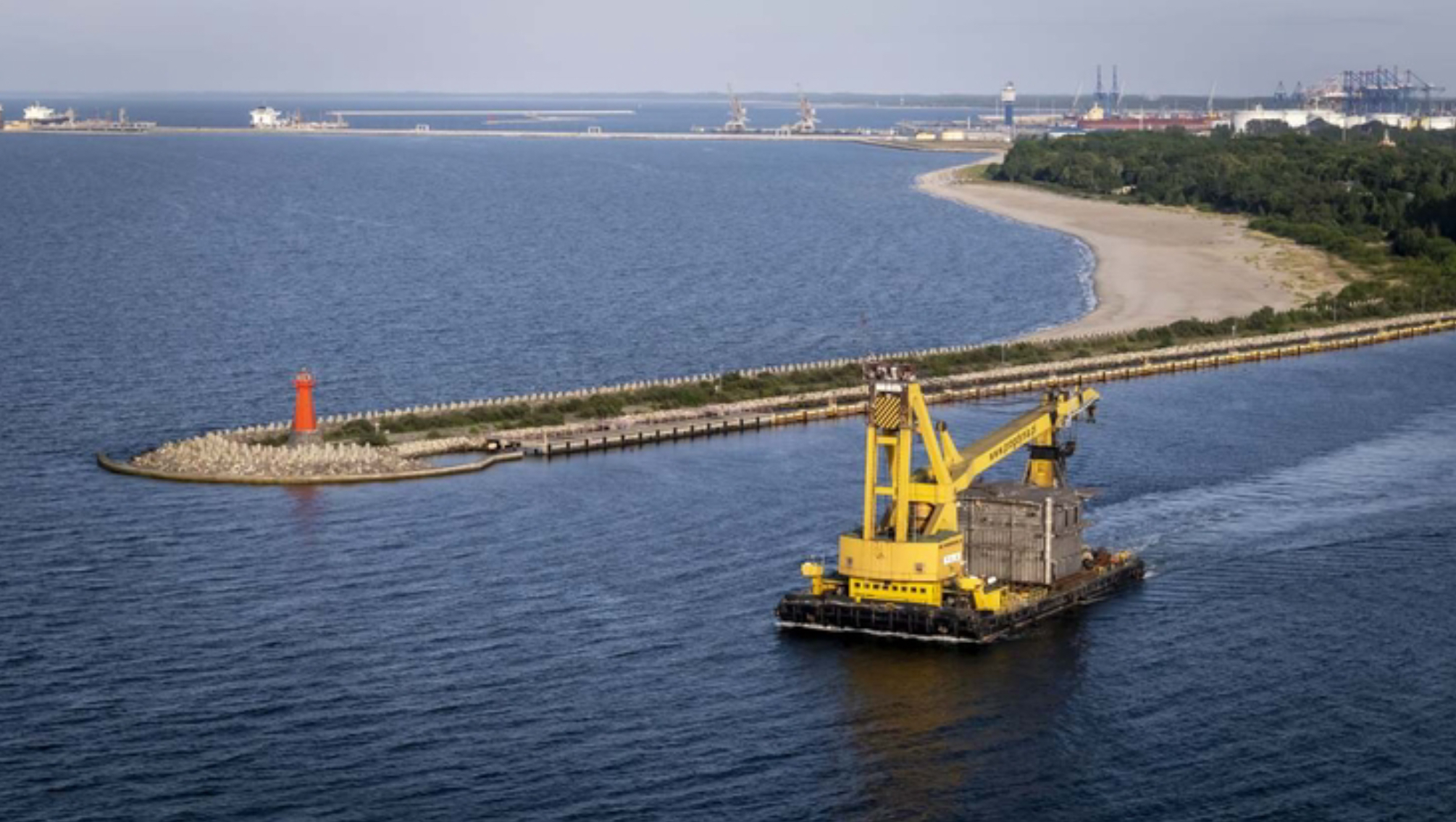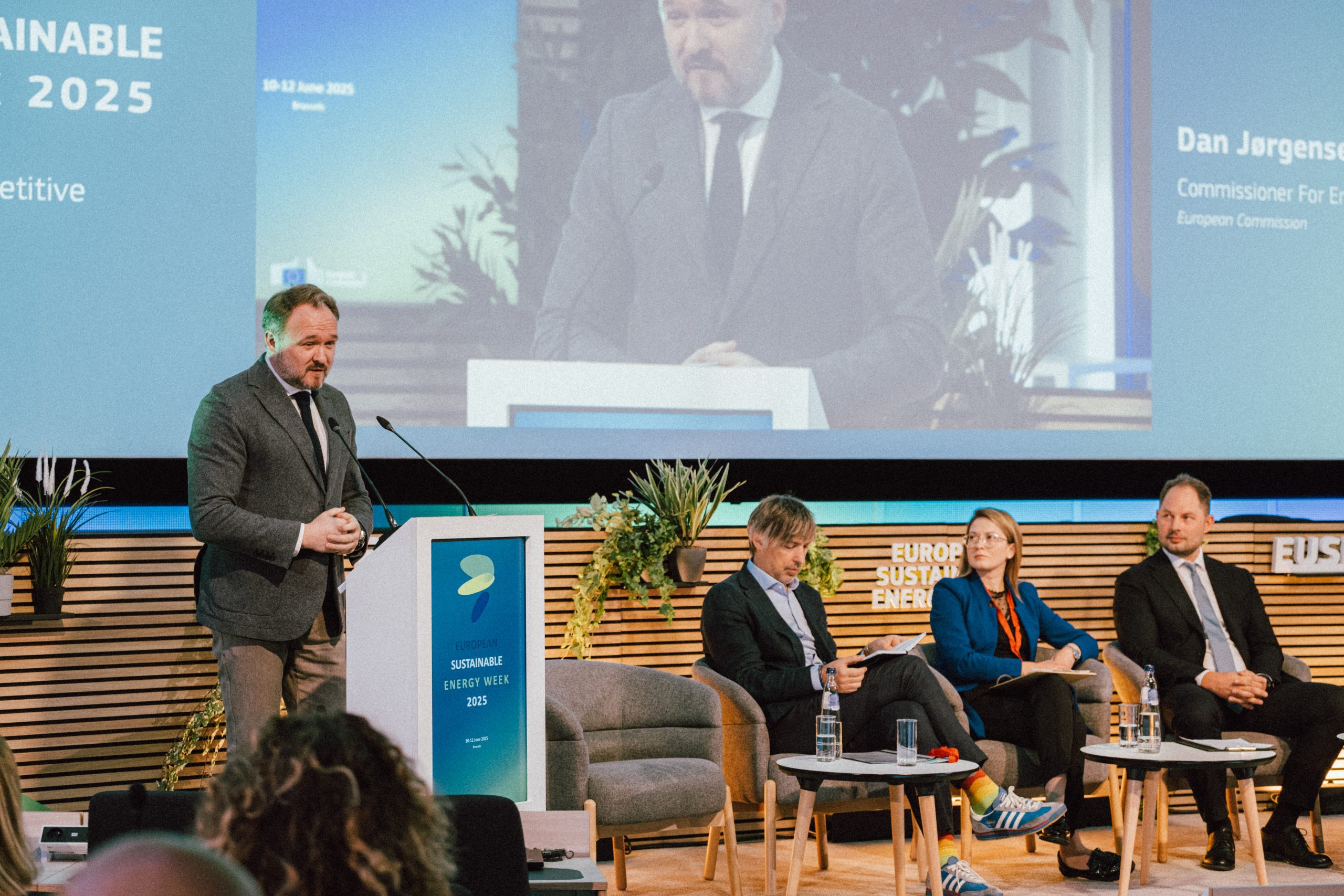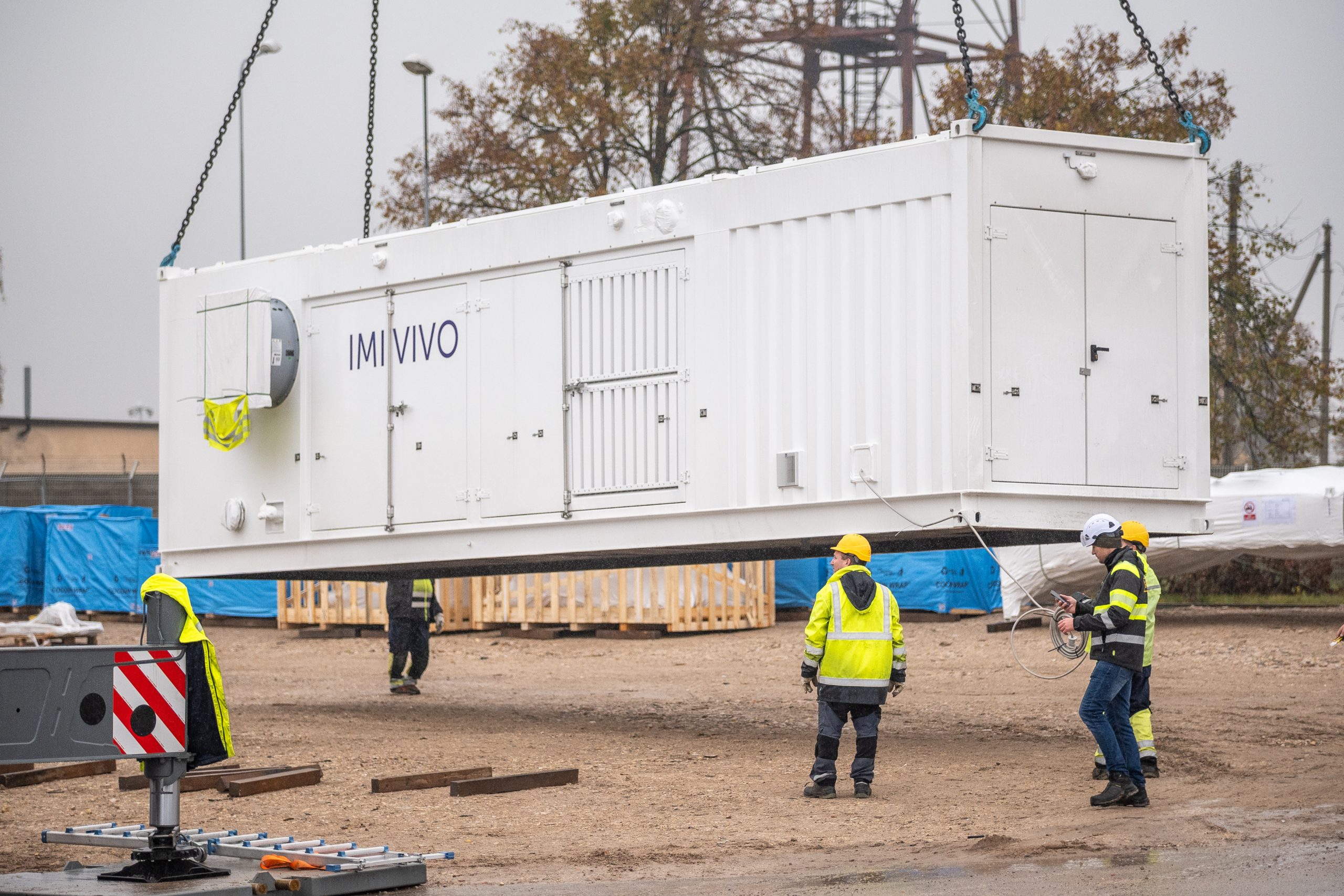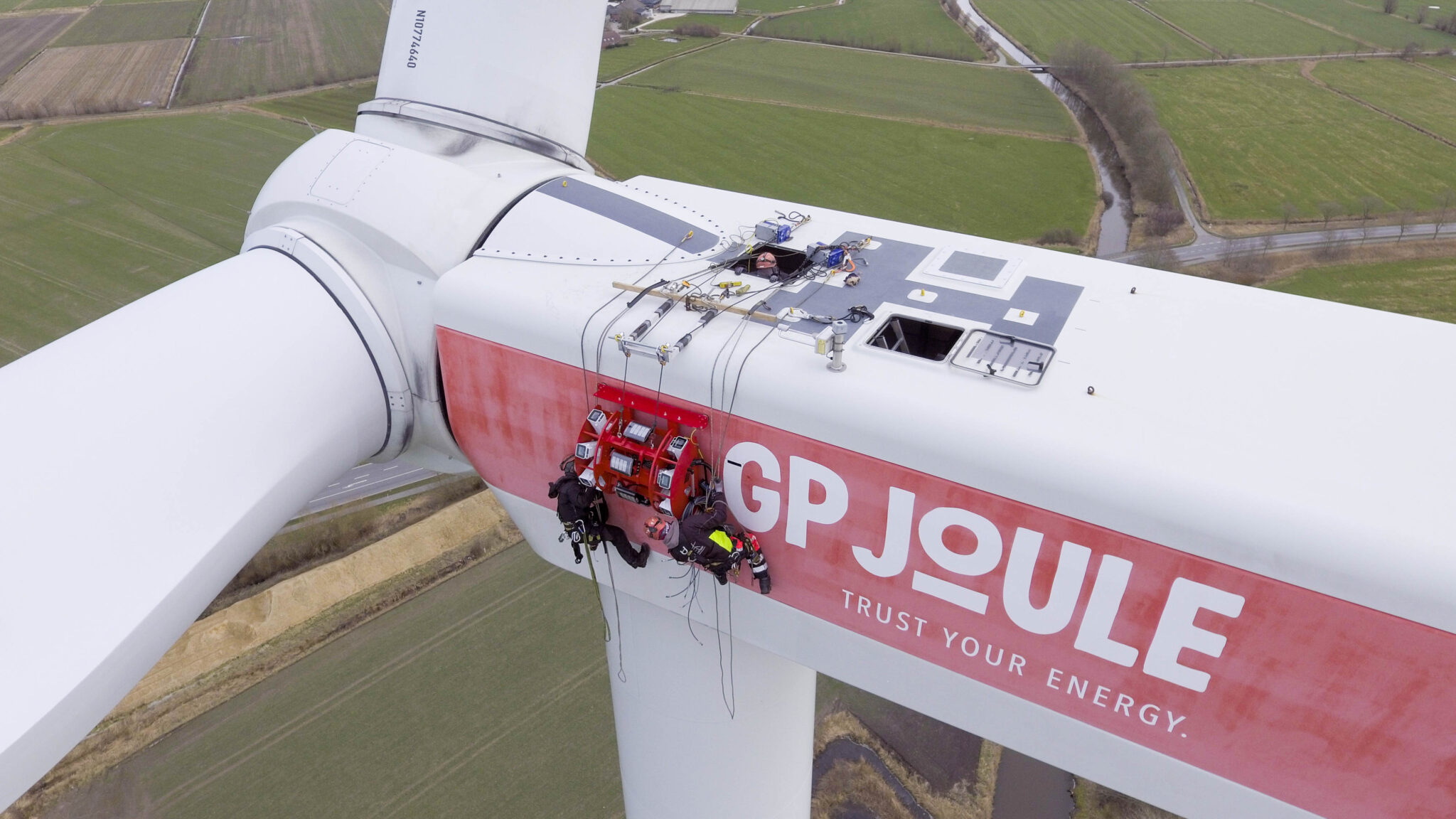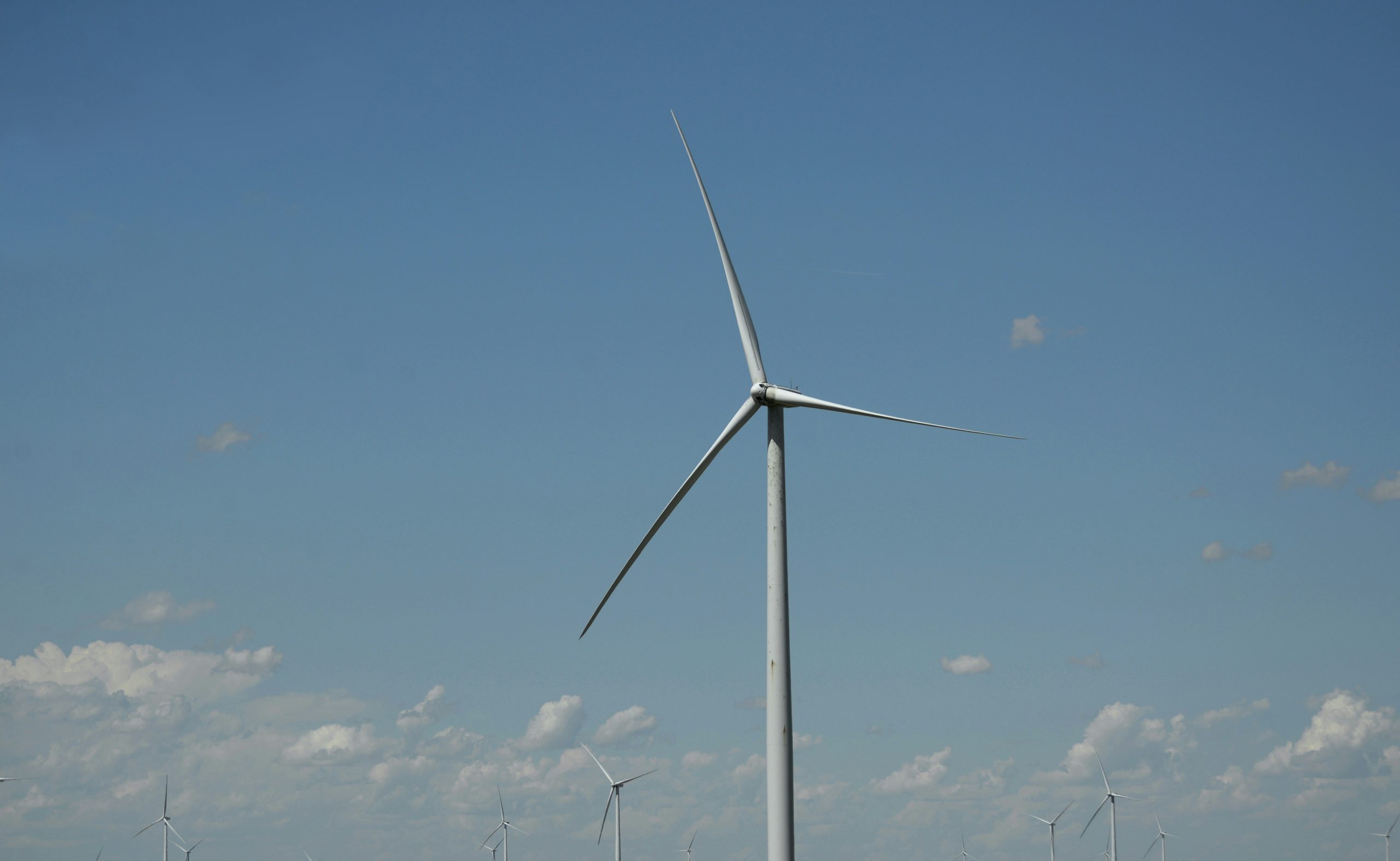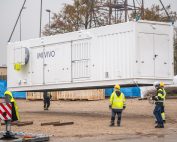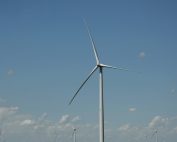Preparations for the installation of the Baltic Power farm are gaining momentum, and domestic companies are playing an important role in the process. Power stations are being built in Gdansk and Gdynia, which will receive energy from the turbines and transmit it to land, and offshore station cranes are being built in Kluczbork. Local content has been set at a record level of more than 20 percent throughout the farm’s operation cycle.
Baltic Power is the most advanced offshore wind power project in Poland and at the same time the largest investment in renewable energy in Central Europe. The ORLEN Group’s investment will be one of the first farms in the world to install 15 MW wind turbines, and the first with a significant portion of the turbine towers made of low-carbon steel. Upon completion, Baltic Power will supply up to 3 percent of the country’s energy needs in 2026, while reducing CO2 emissions by about 2.8 million tons per year.
In addition to strengthening the energy security of our country and the region, the construction of Baltic Power also provides a kind of development stimulus for many Polish companies involved in the production of individual elements of innovative infrastructure. As part of the latest preparations for offshore installation work, scheduled for the end of this year, key components of the investment are being built primarily in Pomerania.
Work is underway in Gdansk and Gdynia on two offshore substations, which will be installed 23 km offshore and will be the most important component of Baltic Power. They will be the ones to receive energy obtained from 76 turbines. The transformers inside them will raise the voltage and then transmit the energy via marine and land export cables to the substation, located approximately 7 km inland. From there – after transmission to the national power system – wind power will flow, powering more than 1.5 million households.
The offshore stations consist of two main components: foundation and actual structure erected on top of it, the so-called topside. A single, fully equipped topside will weigh about 2,500 tons. The structures, which measure 20 x 30 x 40 meters, will resemble 4-5 story apartment blocks with their dimensions. Each station, despite its size and weight, will be made and equipped on land and then installed entirely at sea. This operation will be carried out with the help of a specialized installation vessel “Gulliver”. Both structures will stand about 40 meters above the water surface, on foundations with a diameter of 9 and a length of 80 meters. Baltic Operator Gdansk-Gdynia and Energomontaż-Północ Gdynia are responsible for the construction of the stations.
Other major components of the investment being built in Poland include elements of the substation’s foundations, which are manufactured in Szczecin, and cranes for the offshore station, which are manufactured by a company in Kluczbork. Turbine foundation components are being built at plants in: Żary, Łęknica, Niemodlin and Czarna Białostocka. Production of marine and land cables takes place at a factory in Bydgoszcz. Domestic companies are also responsible for, among other things, construction work on the service base at the Port of Leba and the onshore substation in Choczew.
“The production of offshore substations is at an advanced stage. Several hundred employees are working on construction every day. This is a valuable experience for the entire sector and proof that we have the competence in Poland to locally produce key elements of the farms right now,” stresses Jarosław Broda, a member of Baltic Power’s board of directors.
The expert adds that the production of steel structures for offshore stations is one of the strengths of Polish shipyards, which can play an increasingly important role in the entire European supply chain in this area. Especially since the potential of the planned investments in Poland is another 10 farms, with a total capacity of more than 10 GW.
Source: PAP MediaRoom
